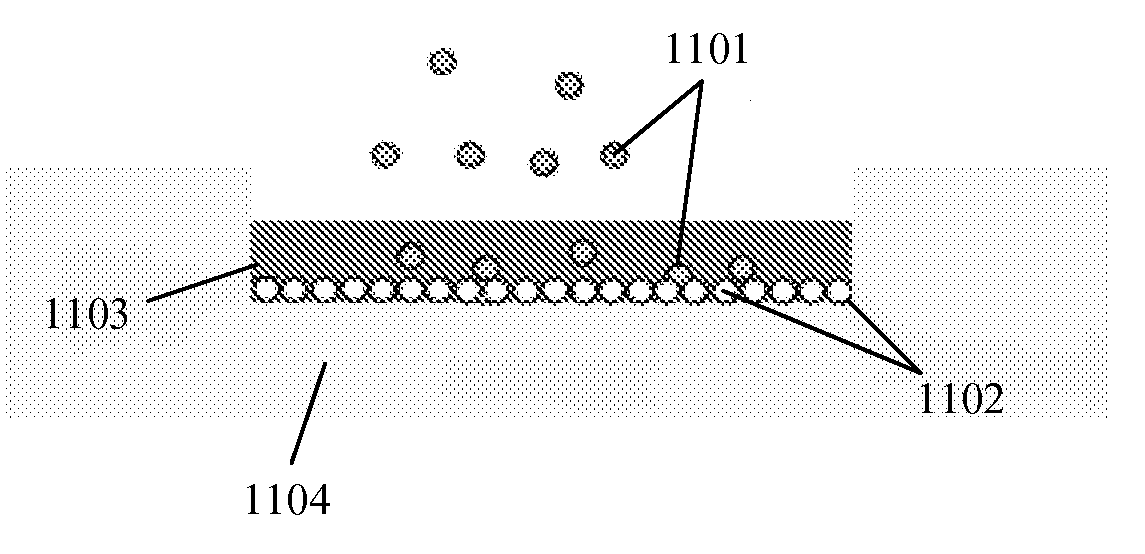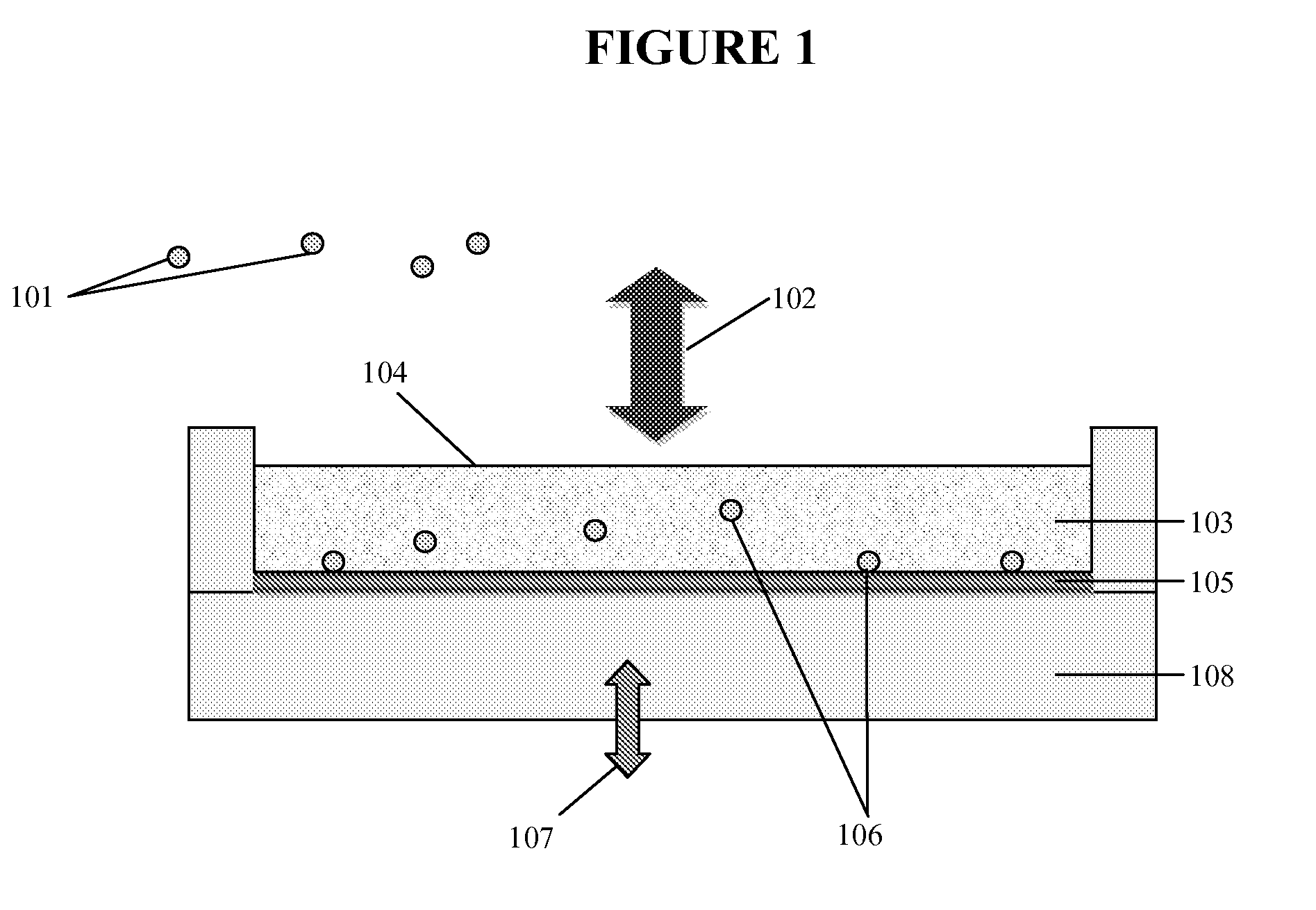Methods and Apparatus for Transport of Airborne Molecules Using an Active Cyclical Vapor/Liquid Exchange
a technology of airborne molecules and cyclical vapor/liquid exchange, which is applied in the field of capture of airborne chemical species, can solve the problems of difficult or impossible field deployment, confounding accurate detection and analysis, and unique technical challenges of low concentration of chemical species (analytes) targeted for detection and analysis, and achieves the effect of facilitating cyclical condensation and reuse of active sites
- Summary
- Abstract
- Description
- Claims
- Application Information
AI Technical Summary
Benefits of technology
Problems solved by technology
Method used
Image
Examples
Embodiment Construction
[0053]While preferable embodiments of the invention have been shown and described herein, it will be obvious to those skilled in the art that such embodiments are provided by way of example only. Numerous variations, changes, and substitutions will now occur to those skilled in the art without departing from the invention. It should be understood that various alternatives to the embodiments of the invention described herein may be employed in practicing the invention.
[0054]Referring to FIG. 1, airborne molecules (101) can be transported to the absorption region in any manner, e.g., by advecting ambient air. In some instances, the air / liquid (e.g., air+vapor / liquid) interface provides selectivity (104) by allowing polar molecules to partition into the aqueous liquid and non-polar molecules to not partition into the liquid. This is a result of the relative values of Henry's constants between various analyte molecules. The condensed (liquid) medium (103) provides concentration of the a...
PUM
 Login to View More
Login to View More Abstract
Description
Claims
Application Information
 Login to View More
Login to View More - R&D
- Intellectual Property
- Life Sciences
- Materials
- Tech Scout
- Unparalleled Data Quality
- Higher Quality Content
- 60% Fewer Hallucinations
Browse by: Latest US Patents, China's latest patents, Technical Efficacy Thesaurus, Application Domain, Technology Topic, Popular Technical Reports.
© 2025 PatSnap. All rights reserved.Legal|Privacy policy|Modern Slavery Act Transparency Statement|Sitemap|About US| Contact US: help@patsnap.com



